Help Build a Future Beyond Bars.
Your donation funds safe housing, therapy, and job training for people ready to change, but denied a path forward.
Where Your Money Goes
Every dollar supports direct reintegration services for people who are ready to change but denied a path forward.
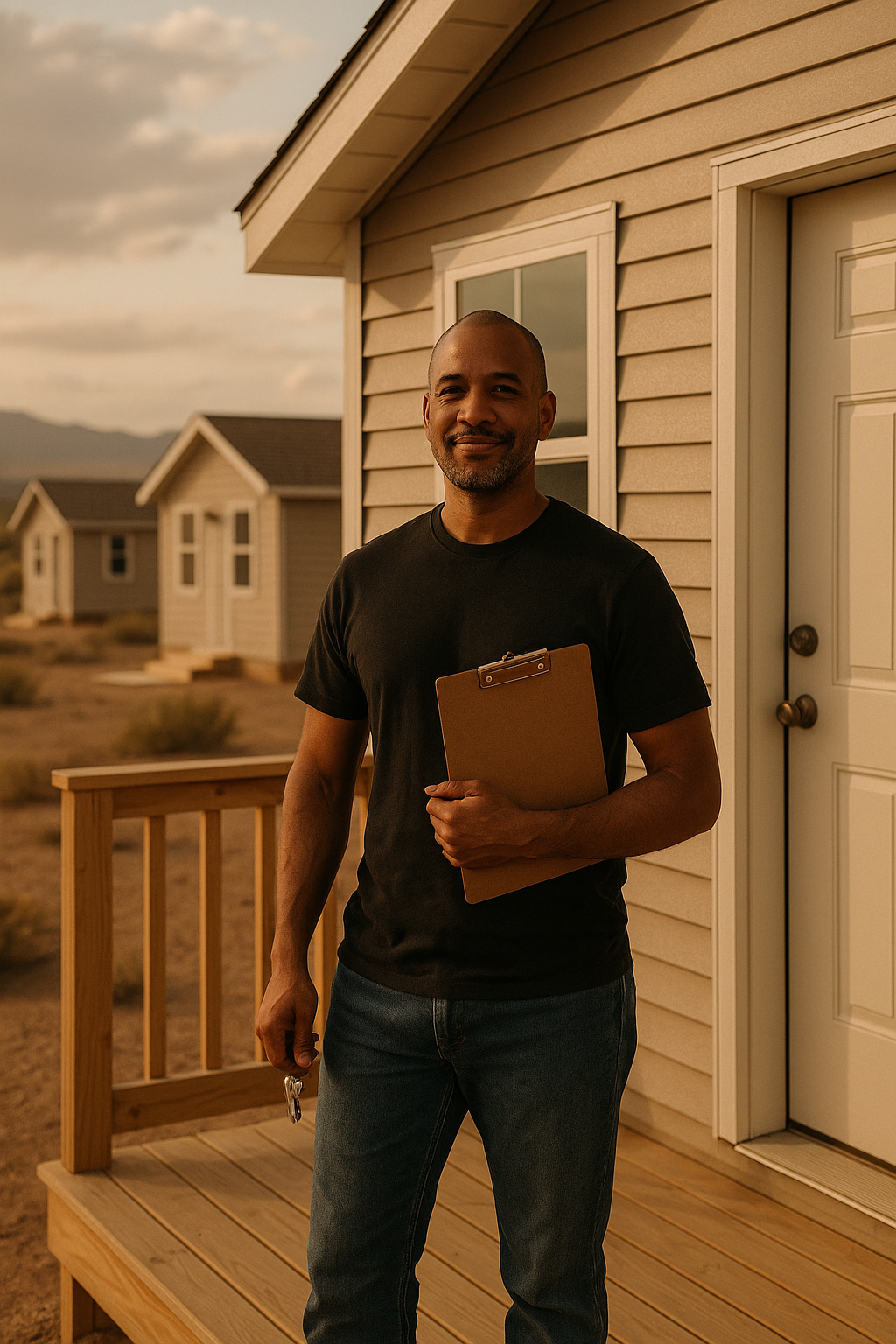

Housing & Stability
Funds help build and maintain our main treatment facility and housing unit, along with our 40-unit tiny home community, providing safe, structured housing for residents and those transitioning out of the facility into their own space under supervision.
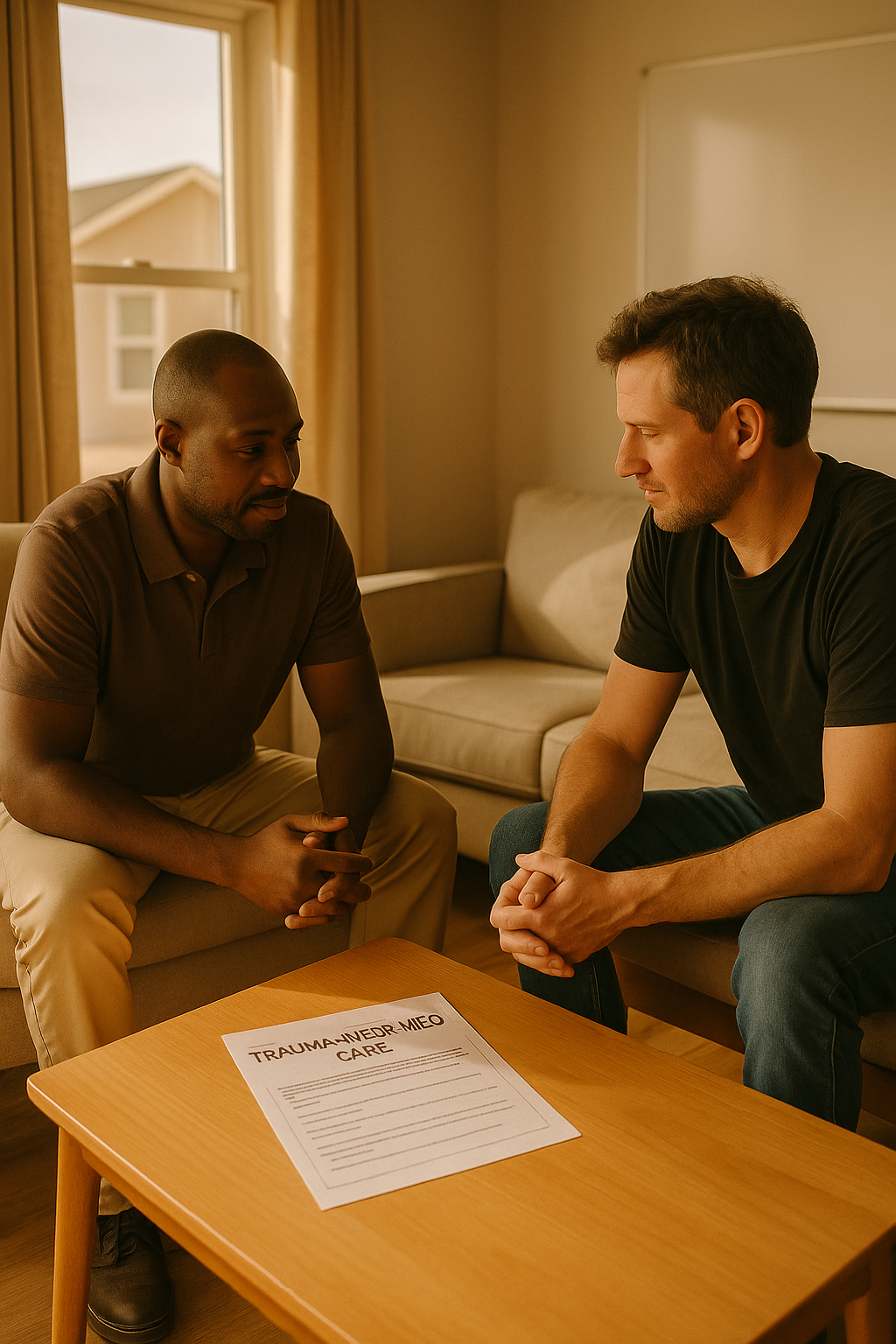
Therapy & Mental Health
Supports on-site trauma-informed care, addiction recovery, and evidence-based treatment including MRT and SOETP.


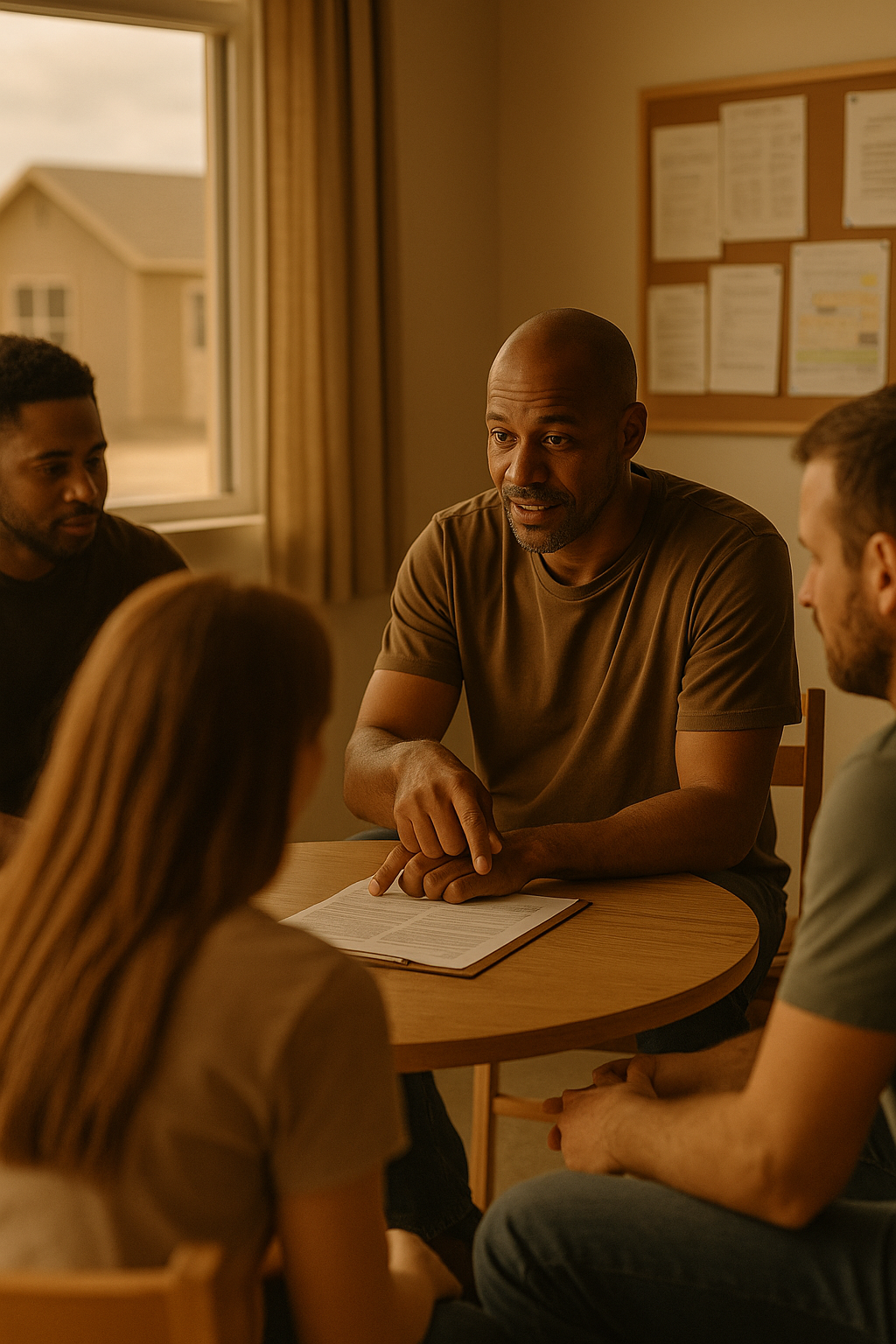
Job, Skills, & Vocational Training
Covers vocational training, resume development, digital literacy, and pathway-to-employment programs within the reintegration center.

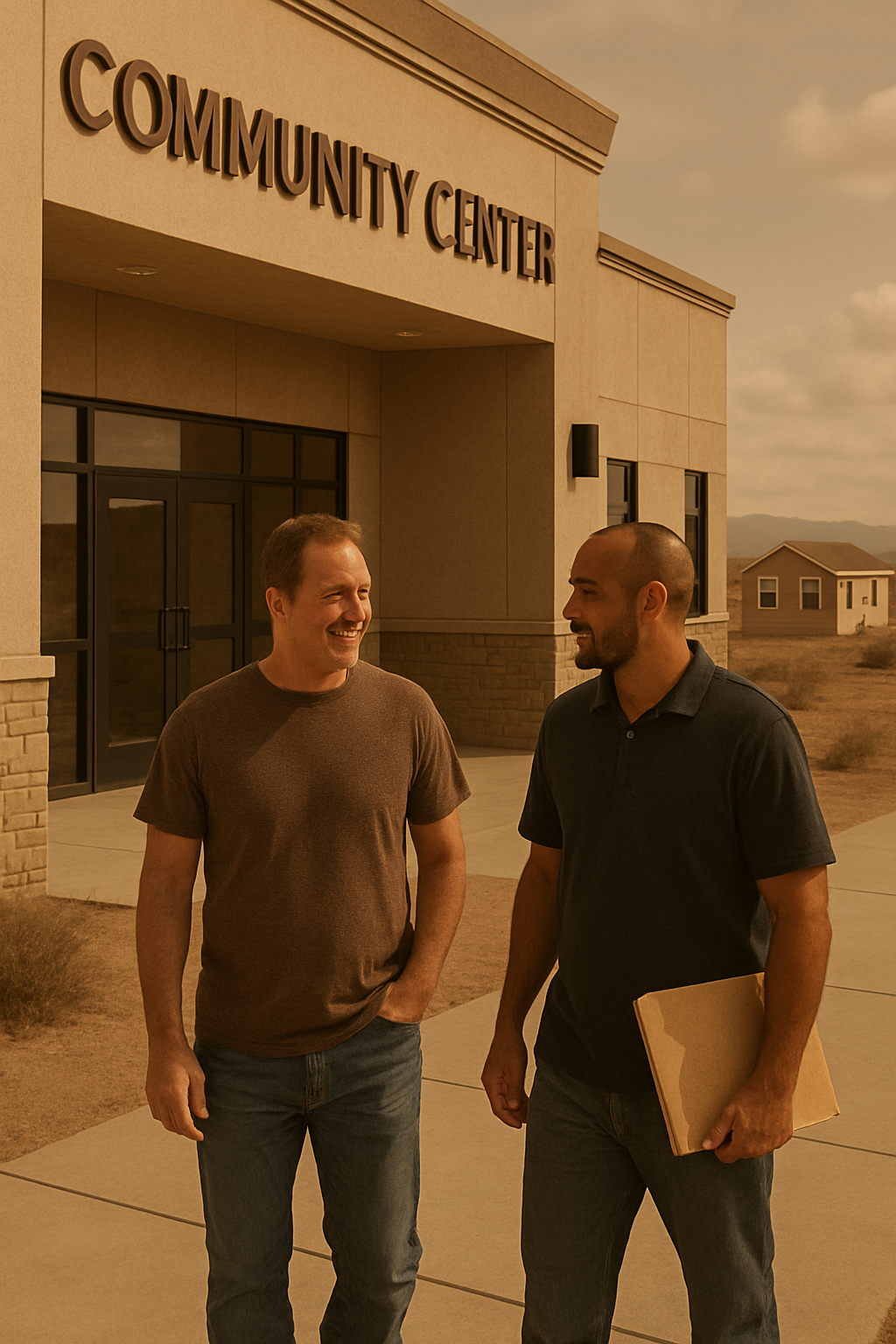
Monitoring & Accountability
Supports biometric bracelets, compliance dashboards, and staff-led check-in tools that promote responsibility and transparency, not punishment.
I graduated COTA (Correctional Officers Training Academy) in 2021. My first post was at Morey Unit at the Lewis Complex, a level 4 close custody yard for Protective Custody (PC) Inmates. In December of that year the PC inmates were replaced by the Integrated Housing Program, and then in 2022 full General Population filled the Unit.
I have been posted to most assignments on a yard; floor, tower, medical, mail and property, and kitchen officer. When I was transferred to an SO (sex offender) Yard I immediately noticed a significant difference. Most, if not all inmates, were exceptionally respectful and compliant. I no longer felt harassed by the unwanted attention and cat calls. Most inmates on the SO yard are interested in learning and bettering themselves.
The biggest misconception is that all SO inmates are in search of their next victim, and that they are complete monsters. Most have made serious mistakes and will forever suffer from this terrible stigma. I don't, based upon experience view a former sex-offender ANY different than any other neighbor I may have, everyone deserves a second chance before judging or labeling them as a terrible person. Don't get me wrong there are those who have done unspeakable things, however most have been labeled in a way that will forever effect their lives which is not right.
I support the Pathways initiative, I believe those labeled as former sex-offenders deserve the same chance as those leaving prison for murder, robbery, arson, or aggravated assault.
- Corrections Officer
What Probation and Corrections Officers Are Saying
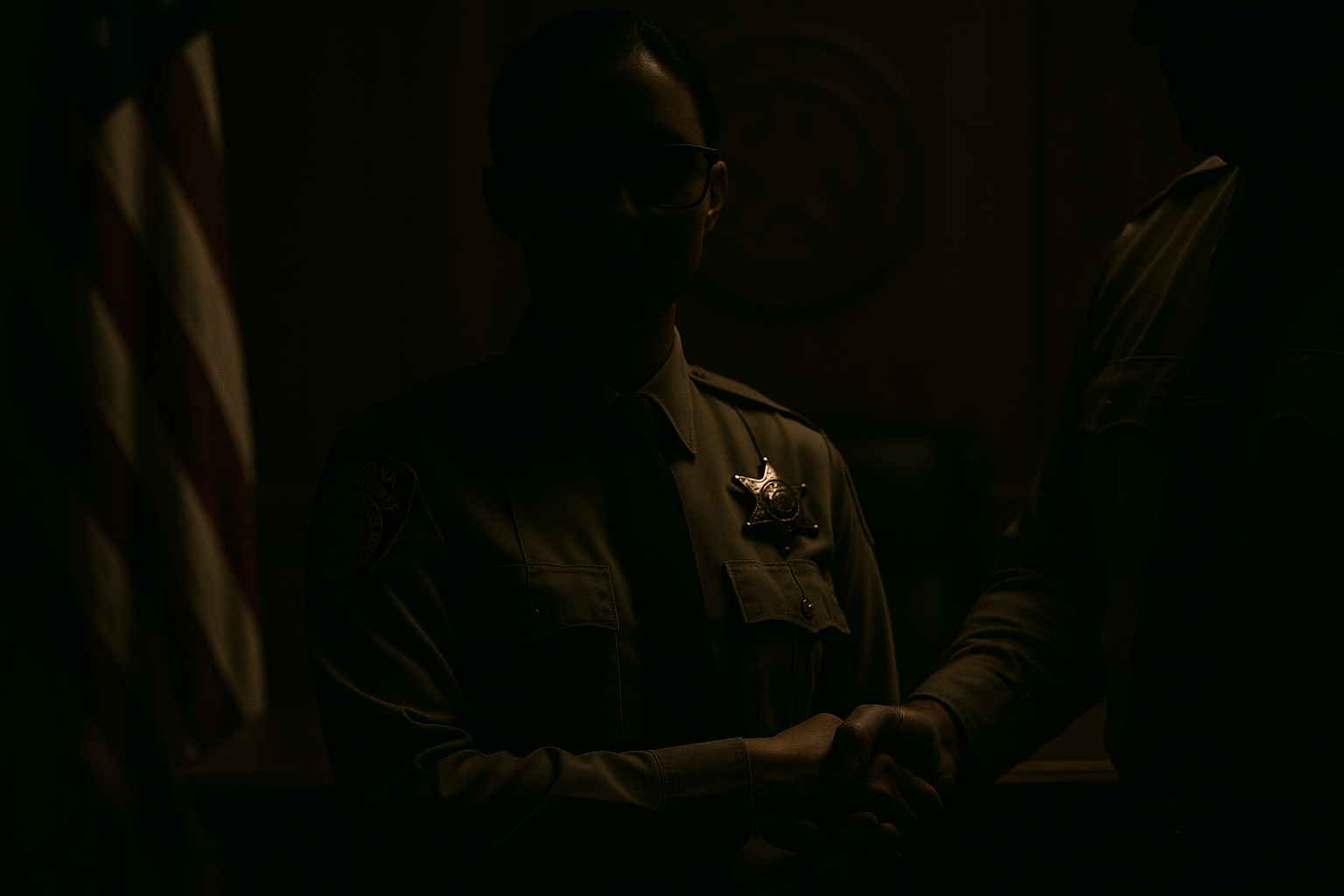
"Pathways fills the gap between release and reality. It gives my clients a real shot."
What Probation and Corrections Officers Are Saying

I graduated COTA (Correctional Officers Training Academy) in 2021. My first post was at Morey Unit at the Lewis Complex, a level 4 close custody yard for Protective Custody (PC) Inmates. In December of that year the PC inmates were replaced by the Integrated Housing Program, and then in 2022 full General Population filled the Unit.
I have been posted to most assignments on a yard; floor, tower, medical, mail and property, and kitchen officer. When I was transferred to an SO (sex offender) Yard I immediately noticed a significant difference. Most, if not all inmates, were exceptionally respectful and compliant. I no longer felt harassed by the unwanted attention and cat calls. Most inmates on the SO yard are interested in learning and bettering themselves.
The biggest misconception is that all SO inmates are in search of their next victim, and that they are complete monsters. Most have made serious mistakes and will forever suffer from this terrible stigma. I don't, based upon experience view a former sex-offender ANY different than any other neighbor I may have, everyone deserves a second chance before judging or labeling them as a terrible person. Don't get me wrong there are those who have done unspeakable things, however most have been labeled in a way that will forever effect their lives which is not right.
I support the Pathways initiative, I believe those labeled as former sex-offenders deserve the same chance as those leaving prison for murder, robbery, arson, or aggravated assault.
- Corrections Officer
"Pathways fills the gap between release and reality. It gives my clients a real shot."
Your monthly gift creates year-round impact.
Become a Pathways Builder

Pathways Builders are our core supporters, people who believe in second chances and help make them a reality, month after month.
Your recurring donation funds stable housing, trauma-informed therapy, and vocational training for justice-impacted individuals working to rebuild their lives.
Monthly giving is easy, secure, and flexible, and it allows us to plan ahead, expand services, and respond when someone’s ready for help.
$50/month
Partner
Covers a resident’s weekly therapy sessions
Provides recovery and trauma-informed care
Helps fund trained mental health staff
$25/month
Supporter
Helps cover housing costs for one resident
Supports ongoing maintenance of tiny homes and reentry programming
Contributes to safe, stable reentry
$100/month
Pathway Builder
Provides job training, digital skills, and resume support
Fully supports monthly program costs
Builds long-term reintegration success
Choose the Amount You Want to Give
Your support helps provide housing, therapy, vocational and job training for individuals rebuilding their lives. Select a donation level that works for you, every dollar moves someone closer to stability, healing, and independence.

When we support second chances, we strengthen our entire community.
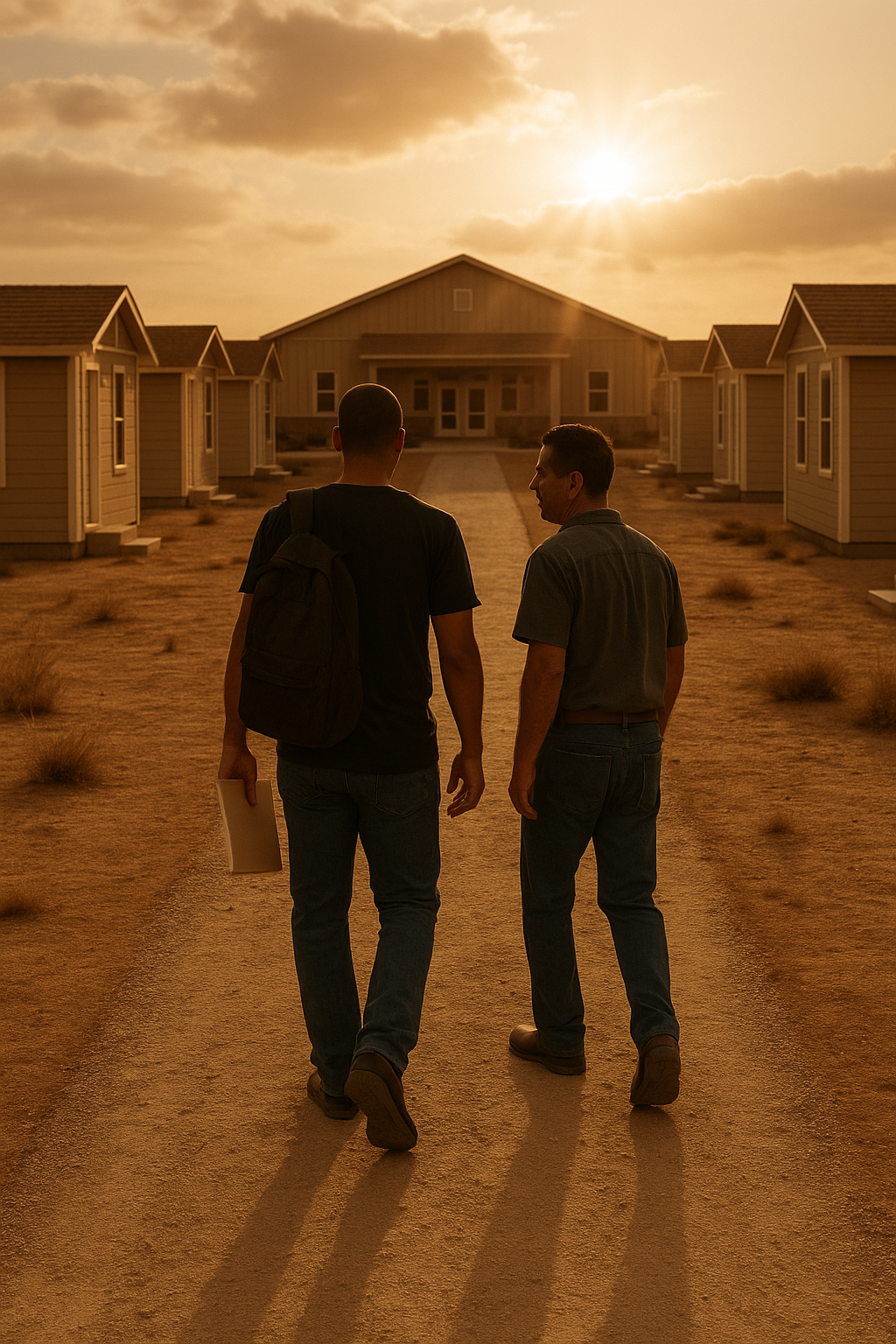
By helping justice-impacted individuals rebuild their lives with housing, therapy, and purpose, we reduce harm, restore families, and create safer, more compassionate communities for everyone thereby tearing down the debilitating stigma that only serves to create community fear and distrust for those attempting to not be defined by the worst decision they ever made.
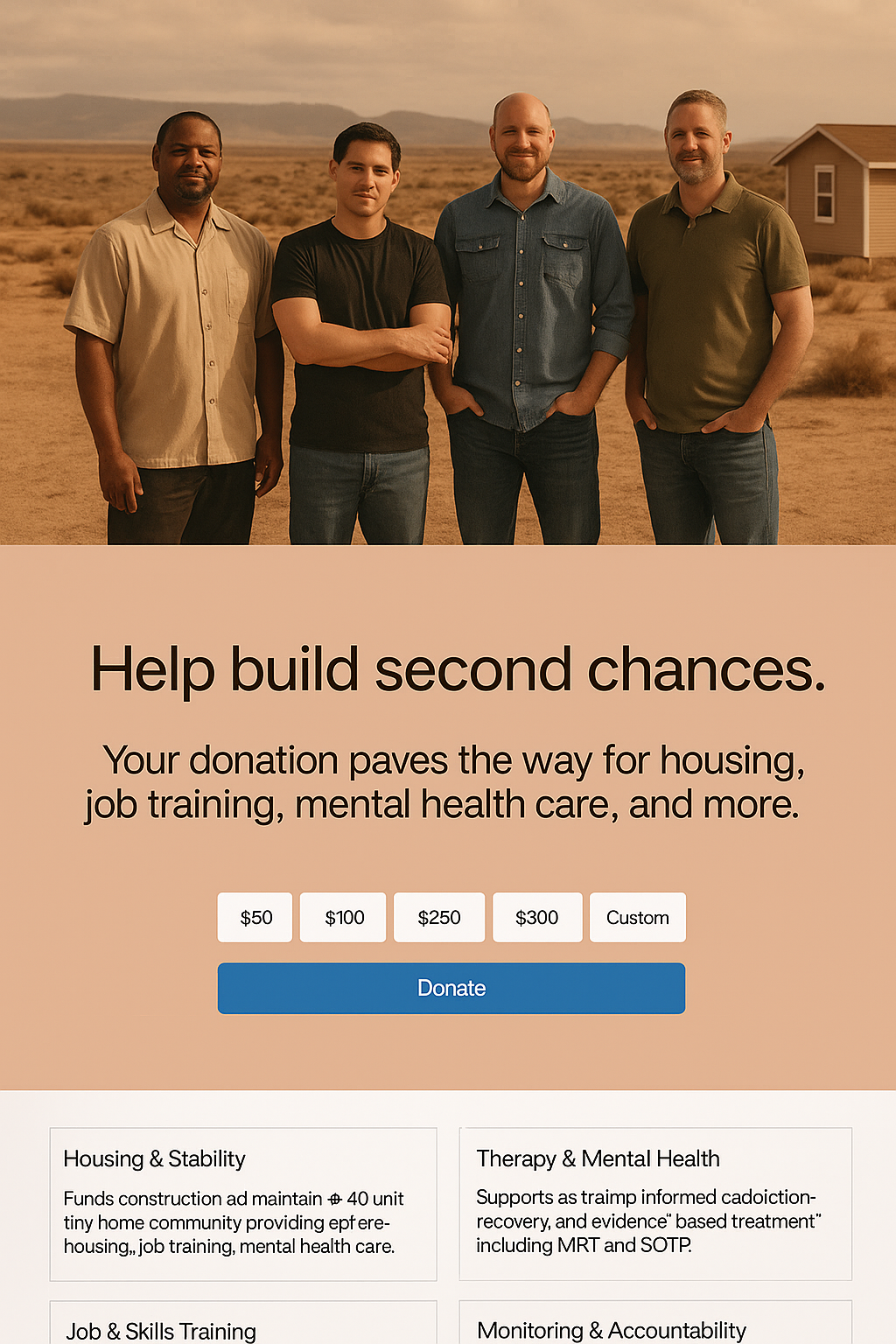
$6.1 million needed to build Arizona’s first reentry community for justice-impacted individuals.

$6.1M Capital Launch
Funding the land, construction, and startup operations for the first Pathways Reintegration Center.
40 Transitional Units
Tiny homes and trailers designed for long-term, monitored, and dignified post-release housing.
20+ Job Types Created
Onsite roles for justice-impacted individuals: security, culinary, agricultural, admin, and peer support.
100 Residents in Year 1
Targeting 100 participants through a phased, 12–24 month therapeutic and vocational reintegration process.

